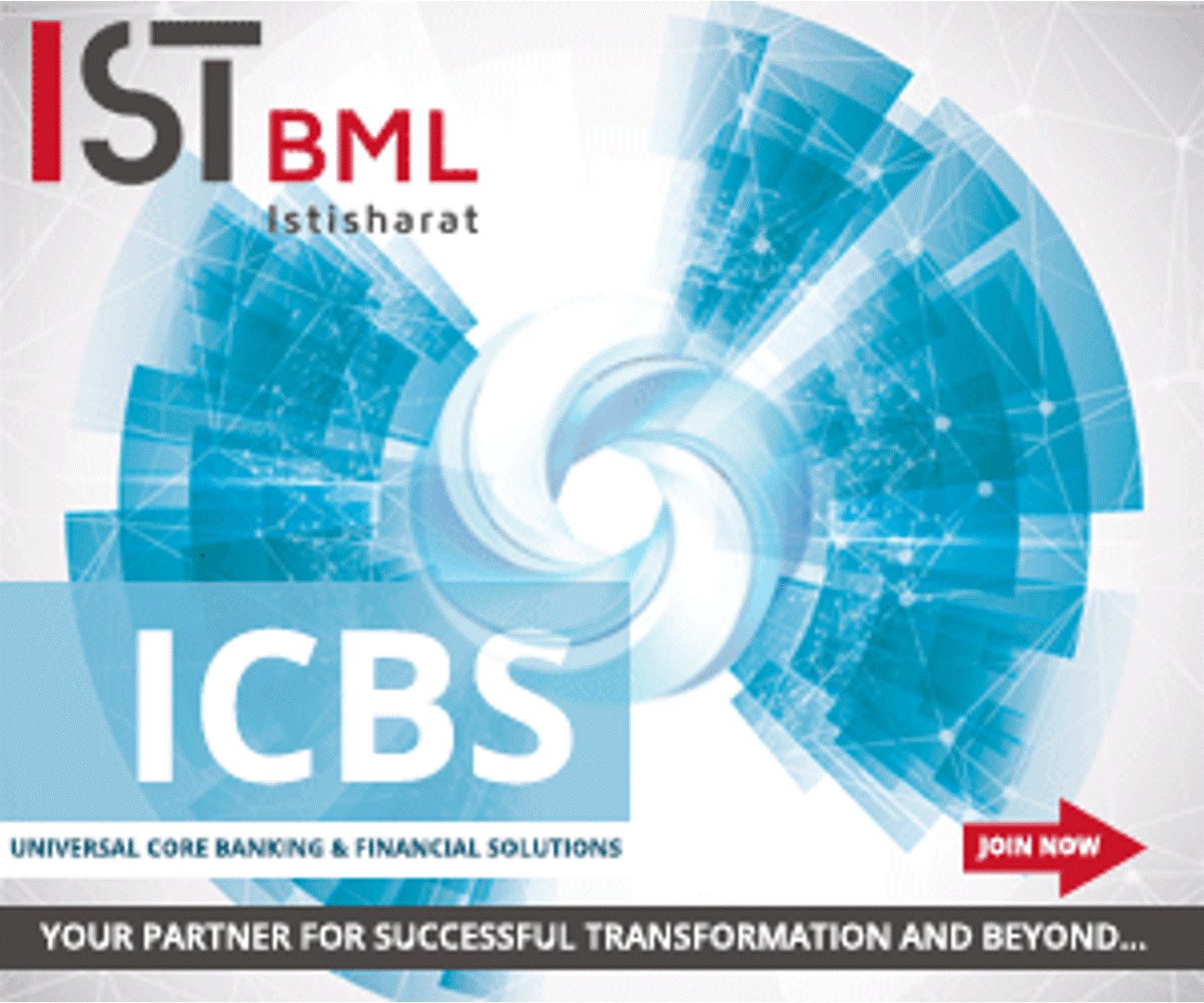 Back
Back
By 2025, the UAE debt capital market is expected to reach $300bn
By Puja Sharma

The share of sukuk and dirham issuances in the UAE’s DCM mix is also projected to rise on the government’s implementation of the Dirham Monetary Framework, issuers seeking to diversify funding, and strong investor demand, including from UAE banks that have solid liquidity.
The size of the UAE debt capital market (DCM) rose by 10% year on year (yoy) to $270 billion outstanding at end-2023 and is forecast to cross $300 billion in 2024-2025, Fitch Rating said. Among countries of the Gulf Cooperation Council (GCC), the UAE has the largest US dollar DCM. Nasdaq Dubai will likely continue being one of the top listing centres for US dollar sukuk globally.
“UAE sukuk issuers’ credit profiles are predominantly stable, with 96.5% of the sukuk being investment grade and 92% on stable outlook, with the balance on positive outlook,” said Bashar Al Natoor, Global Head of Islamic Finance at Fitch Ratings. “We expect the UAE DCM to continue its growth momentum on the back of capital market developments and diversification of funding. However, risks for DCM growth include rising rates and oil prices, and additionally for sukuk, AAOIFI-sharia standards adoption could add challenges.”
The share of sukuk and dirham issuances in the UAE’s DCM mix is also projected to rise on the government’s implementation of the Dirham Monetary Framework, issuers seeking to diversify funding, and strong investor demand, including from UAE banks that have solid liquidity. The share of dirham in the outstanding DCM mix rose to 20.5% at end-2023 from 0.5% in 2020, with the balance mostly in US dollars.
Fitch projects the UAE’s consolidated debt to be stable (2023–2025: 31.5%; 2022: 30%), but below the ‘AA’ category median (2025F: 44%), reflecting our forecasts that Abu Dhabi and Dubai will refinance maturing debt, Sharjah will borrow to cover the budget deficit, and the federal government will build a yield curve. Banks and corporates are likely to diversify funding by issuing debt. The central bank is expected to continue moving interest rates in lockstep with US Federal Reserve (2024F: 5.2%).
The federal government started issuing dirham T-bonds in 2022, and only T-sukuk were issued in dirham after 2Q23. In 2023, sukuk issuance in all currencies expanded by 115% yoy, while bond issuance rose more slowly, by 23.6%. Among US dollar DCM issuances in 2023, sukuk had a sizeable 35% share, up from 24% in 2022.
In 1H23, sukuk issuance in all currencies was up 52.9% yoy ($6.7bn). Bonds were up 5.7% ($60bn). Sukuk issuance recovered to 35.1% of US dollar DCM issuance at end-1H23 (end-2022: 24%); the rest were in bonds. Sukuk issuers have adapted central bank requirements to comply with AAOIFI sharia standards, introduced in 2021. The federal government has shifted from issuing Dirham T-bonds to issuing T-sukuk for May–December 2023.
Outstanding ESG debt rose 165% yoy to $17.1 billion, with 40.2% in sukuk. The Higher Sharia Authority directed Islamic banks to include sustainable sukuk and financing as part of business lines.
IBSi FinTech Journal

- Most trusted FinTech journal since 1991
- Digital monthly issue
- 60+ pages of research, analysis, interviews, opinions, and rankings
- Global coverage
Other Related News
Related Reports

Sales League Table Report 2025
Know More
Global Digital Banking Vendor & Landscape Report Q2 2025
Know More
NextGen WealthTech: The Trends To Shape The Future Q4 2023
Know More
Intelligent Document Processing in Financial Services Q2 2025
Know More


